Common Issues Resolved by Residential Plumbers
Plumbing issues are common in residential settings and can range from minor inconveniences to major problems. Residential plumbers are experts who tackle a wide array of issues to ensure safety, efficiency, and comfort in homes. This article explores some of the most common problems they resolve. Understanding these problems and recognizing when to call professionals can prevent escalation to more severe issues. By exploring these common plumbing challenges, homeowners can better appreciate the critical role plumbers play in home maintenance and safety.
1. Leaky Faucets
Identifying Common Causes
Leaky faucets are typically the result of worn-out washers, damaged valve seats, or deteriorated O-rings. Over time, constant use can cause these components to wear out or become misaligned, leading to water leakage. A leaky faucet might seem like a minor issue, but it can escalate, creating further plumbing problems if left unchecked. The regular inspection of faucets can help identify these parts early on, reducing the chances of leakage. Addressing these issues promptly not only maintains the faucet's integrity but also helps conserve water and reduce costs.
Water Waste and Cost Implications
The environmental impact of a leaky faucet is significant, as these drips can lead to a substantial amount of wasted water. According to Jobber, a leaky faucet can waste 3,000 gallons of water a year. Besides environmental concerns, this wastage also translates to increased water bills, contributing to unnecessary financial strain. Correcting leaky faucets swiftly ensures that water resources are utilized efficiently and keeps utility bills manageable. Addressing such leaks is an investment in sustainability and financial health.
DIY Fixes and When to Call a Professional
Many homeowners attempt to fix leaky faucets themselves, which can be effective if the damage is minor. Basic repairs may involve replacing washers, tightening screws, or using sealant around joints. However, if the leak persists, it might indicate more severe underlying issues that require professional attention. Residential plumbers possess the expertise and tools to accurately diagnose and repair such problems, preventing further complications. It's important to recognize the limits of DIY repairs to avoid exacerbating the issue.
2. Clogged Drains
Common Clogging Culprits
Clogged drains are often caused by a buildup of materials such as hair, soap scum, food particles, and grease. These items accumulate over time, creating a blockage that restricts water flow. When drains clog frequently, it’s an indicator of poor drain maintenance or problematic usage habits. Understanding the common culprits of clogging can inform homeowners about better disposal practices. Preventative measures, like using drain covers and avoiding pouring grease down sinks, can significantly reduce the incidence of clogs.
Short-term vs. Long-term Solutions
There are several short-term methods to address clogged drains, including the use of plungers and liquid drain cleaners. These solutions might offer quick relief but often fail to tackle the root of the problem. Long-term solutions involve removing the clog manually using tools like drain snakes and regularly maintaining drains to prevent blockage formation. While short-term fixes may serve in emergencies, long-term approaches are crucial for sustaining clear drains. Consistent maintenance and professional inspections ensure that drain systems function optimally.
Tools and Techniques for DIY Unclogging
Homeowners can employ a range of tools to unclog drains, including plungers, drain snakes, and home remedies like baking soda and vinegar. The plunger generates suction to dislodge minor clogs, while a drain snake can reach deeper into pipes to clear stubborn blockages. When implementing these techniques, it’s essential to follow safety precautions to avoid damage to pipes. DIY methods can often resolve minor clogs effectively, averting the need for immediate professional intervention. However, persistent issues should prompt consultation with a plumbing expert to prevent further complications.
3. Running Toilets
Understanding Mechanisms
A running toilet is a common issue caused by malfunctioning components such as the flapper valve, float, or fill tube. Understanding how these mechanisms work is key to identifying why the toilet might not stop running. For instance, a worn-out flapper valve might not form a perfect seal, allowing water to leak from the tank to the bowl. Early detection of these mechanical problems can prevent excessive water usage and potential escalation into more complicated issues. Regular monitoring of toilet mechanisms ensures they function as intended and assists in rapid problem-solving.
Impact on Water Consumption
Running toilets can have a substantial impact on water consumption, leading to unexpectedly high water bills. The continuous flow of water in and out of the toilet tank can waste hundreds of gallons each day. Beyond financial implications, this kind of water wastage also poses environmental concerns due to unnecessary depletion of water resources. Addressing this issue efficiently is a measure both in environmental stewardship and household budget management. Timely repairs can significantly reduce water consumption and bring utility costs back down to reasonable levels.4. Low Water Pressure
Determining Causes
Low water pressure can result from various issues, including build-up of sediment in pipes, leaking pipes, or problems with the water supply system. It's imperative to identify these causes to determine the most suitable solution. Sediment build-up is often caused by hard water, which deposits minerals in the pipes over time. Identifying the exact cause of low water pressure usually involves checking several potential sources. Accurate identification of these causes enables the effective resolution of water pressure problems, restoring normal household water functions.
Household Impact and Cost Concerns
Low water pressure affects daily household activities, such as showering, washing dishes, and doing laundry, which can be disruptive. More so, inefficient water flow can increase the duration of these activities, indirectly contributing to higher water and energy bills. Beyond daily inconvenience, persistent low water pressure can indicate larger plumbing issues that might lead to costly repairs if not addressed. Therefore, addressing water pressure issues promptly is not only about convenience but also about safeguarding against escalating costs. Professional assessments can determine the underlying factors affecting water pressure, ensuring effective solutions.
Diagnosing the Issue
Diagnosis of low water pressure often involves checking the pressure regulator, inspecting aerators and showerheads, and monitoring overall water supply. Simple fixes like cleaning out clogged aerators and adjusting the pressure regulator can resolve the problem in many cases. Homeowners should also evaluate the water pressure throughout various faucets and fixtures to pinpoint specific problem areas. Persistent issues might require more detailed evaluations of the plumbing system by professionals. Residential plumbers are often called in for thorough diagnostics to ensure the issue is addressed at its root.
5. Water Heater Issues
Identifying Common Problems
Water heater issues are common in many homes, with leaks, poor heating, and strange noises being typical complaints. These problems often stem from worn-out heating elements, sediment build-up in the tank, or failing thermostats. A water heater's inefficiency can cause significant disruption to household routines, particularly in colder seasons. Regular inspection and servicing of water heaters can help in early detection of these problems, prolonging the appliance's lifespan. Identifying these common issues promptly enhances household efficiency and safety.
Energy Efficiency and Economic Impact
Water heater problems can lead to increased energy usage and subsequently higher utility costs. An inefficient heating system will consume more energy to achieve the desired temperature, placing an additional financial burden on homeowners. Furthermore, continuously operating a faulty system may lead to advanced deterioration and potentially necessitate costly replacements. Ensuring that water heaters operate efficiently is crucial for maintaining reasonable energy consumption and costs. Addressing inefficiencies quickly is a proactive approach to managing expenses and reducing environmental impact.
Basic Troubleshooting and Repair
Basic troubleshooting of water heaters involves checking for leaks, testing the thermostat, and flushing the tank to clear sediment. Many issues can be resolved with simple adjustments or replacement of minor components like heating elements. While DIY repairs can be effective for straightforward issues, complex problems might necessitate professional intervention. Recognizing one's limits in addressing water heating issues is important to prevent accidental damage or voiding warranties. Residential plumbers have the training to handle complex water heater repairs safely and effectively.
6. Pipe Leaks and Bursts
Causes and Detection
Pipe leaks and bursts can be caused by a variety of factors, including corrosion, high water pressure, and extreme temperature changes. Corrosion, often due to aging pipes or saltwater exposure, weakens the pipe structure over time. Changes between freezing temperatures and warm periods can cause the pipe material to expand and contract, leading to bursts. Early detection of these issues is crucial through signs like damp spots, mold growth, or unexplained increases in water bills. Timely intervention can prevent extensive damage and costly repairs.
Immediate Actions to Take
Taking immediate action when facing a pipe leak or burst is essential to minimize water damage and preserve safety. The first step is usually to turn off the main water supply to prevent further leakage. Moving belongings away from affected areas and collecting water in buckets can also mitigate potential damage. Swift phoning of a professional plumber to assess and repair the damage ensures that the issue is dealt with appropriately. Acting promptly and calmly in emergencies prevents the situation from escalating.
Assessing the Severity and Damage
Assessing the severity of a leak or burst involves checking the extent of visible damage and identifying affected areas of the plumbing system. The volume of water leakage and resultant damage to property are key indicators of severity. Further evaluation by a professional is wise, as they can provide a comprehensive assessment and recommendation for repairs. An accurate assessment enables precise corrective measures, preserving both the plumbing system's integrity and property value. Residential plumbers are vital for conducting thorough inspections and ensuring the right long-term solutions are applied.
Residential plumbing issues, while common, can be effectively managed with the right knowledge and tools. Understanding these problems and knowing when to seek professional help ensures a safe and efficient home environment. Residential plumbers play a critical role in resolving these issues, ultimately protecting one of our most significant investments: our homes. Addressing plumbing problems promptly prevents increased costs and promotes environmental conservation. By maintaining a partnership with licensed plumbers, homeowners can ensure the longevity and functionality of their plumbing systems. For reliable and professional service, contact ABC Drain & Plumbing today to schedule your plumbing inspection or repair.
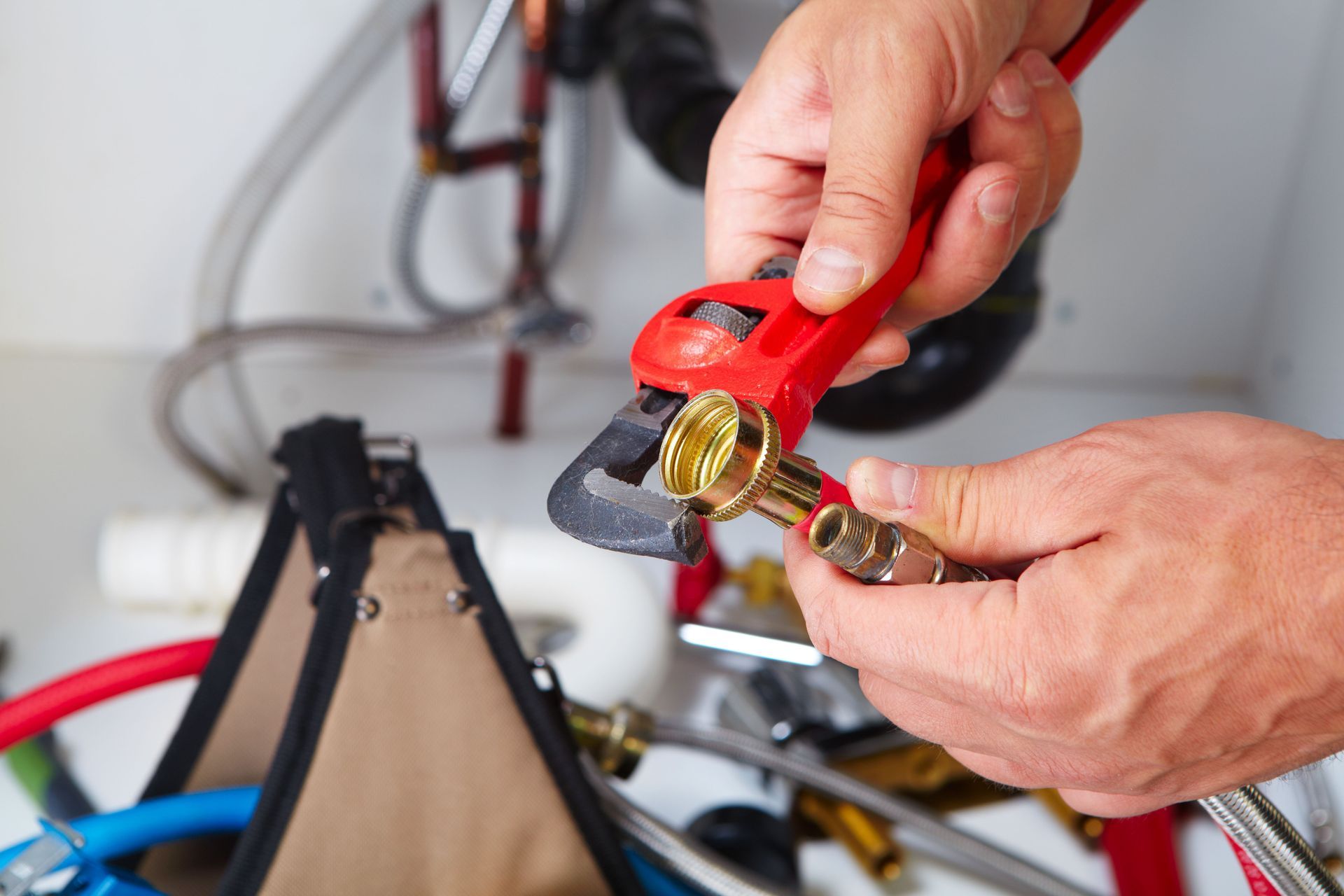
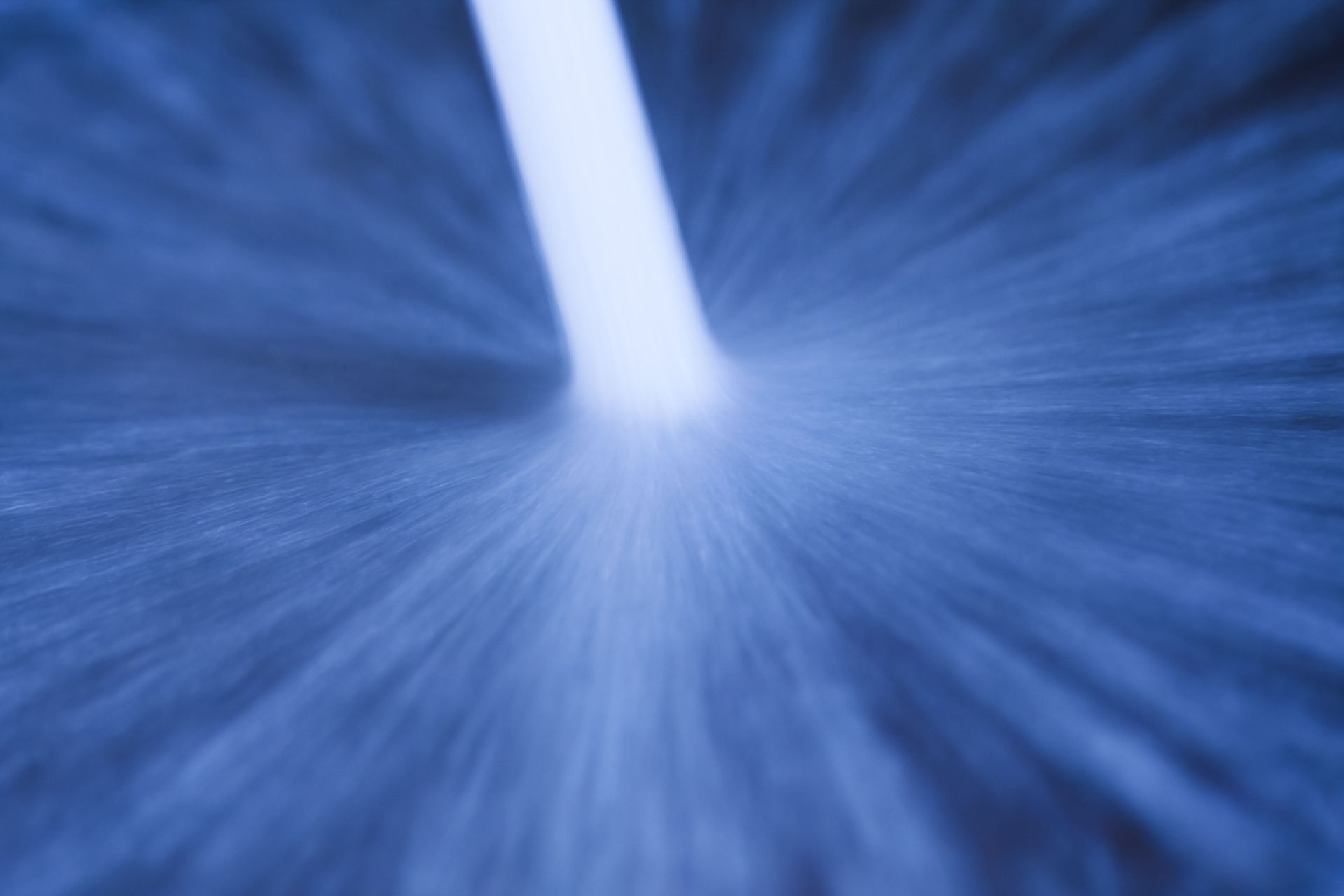
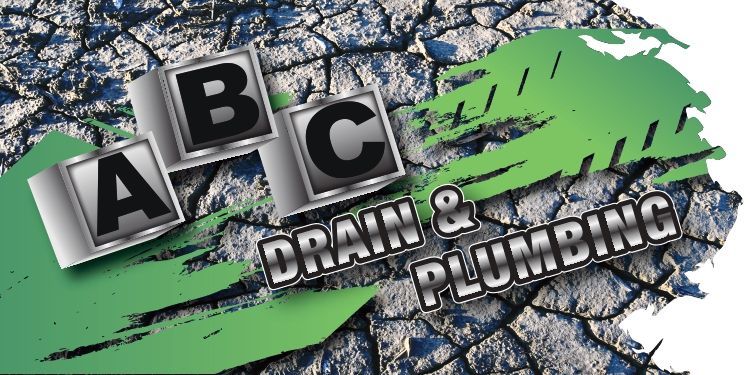
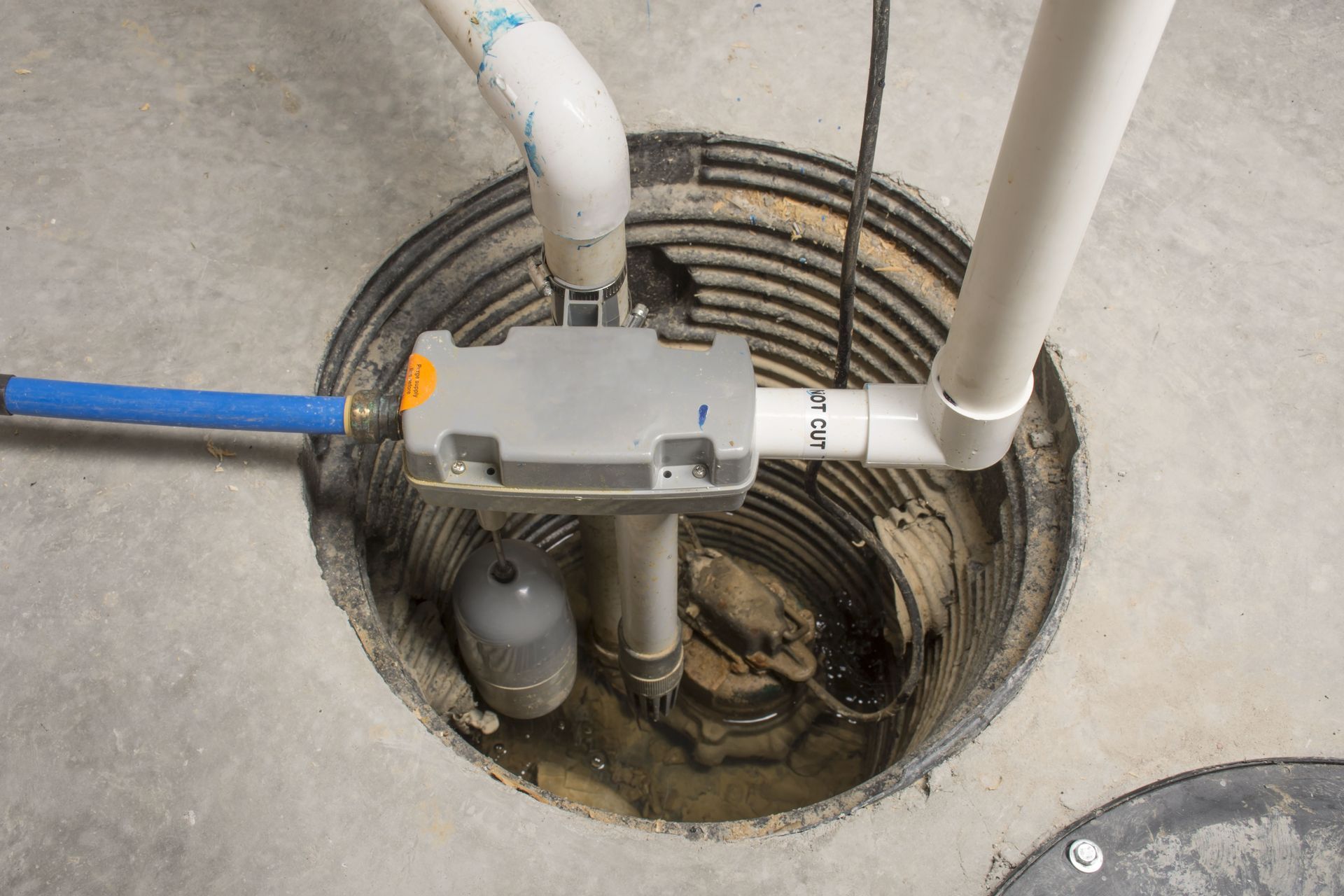
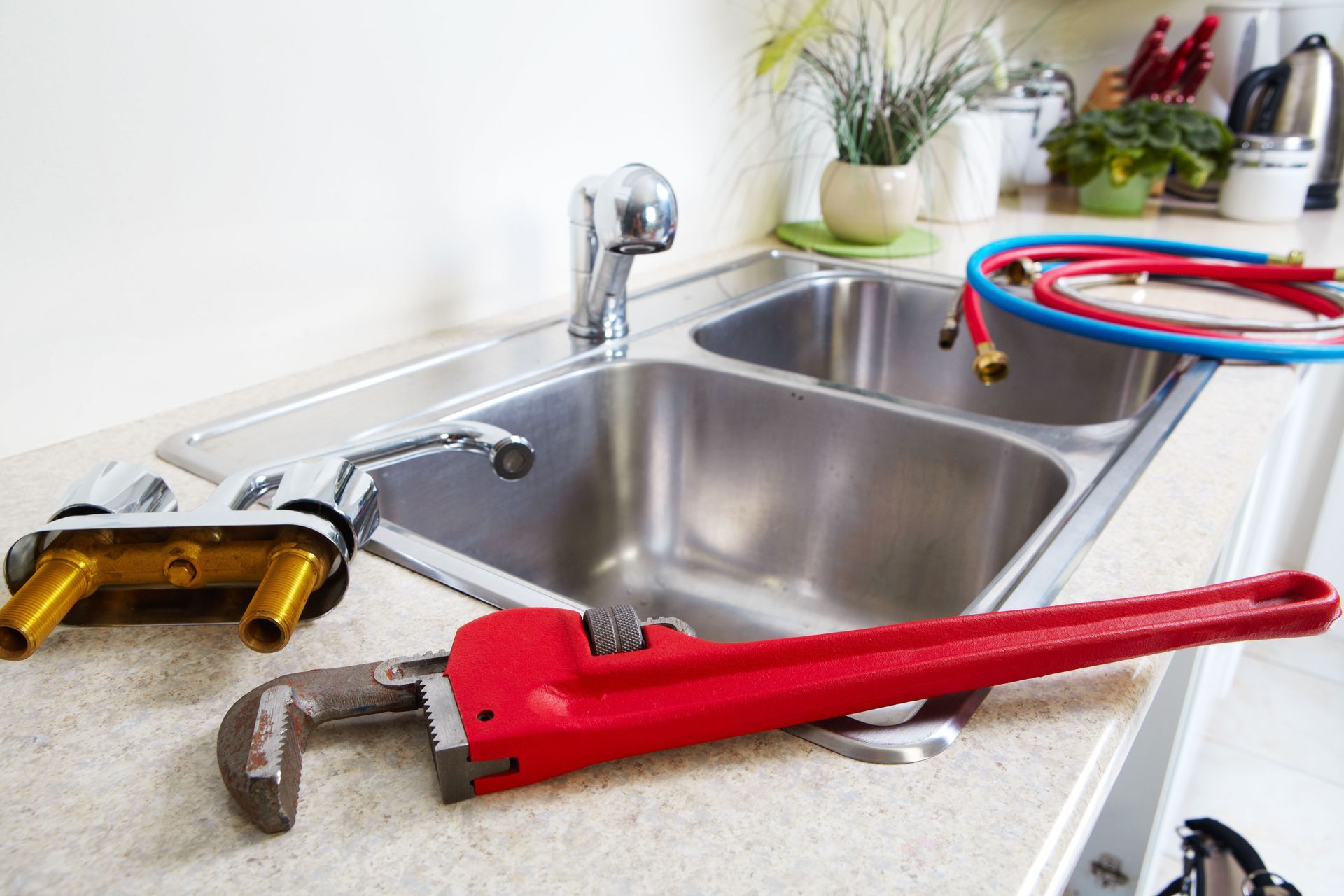
Share On: